Ruthven Barracks: Controlling the Scottish Highlands
One historic site and its centuries-old role in establishing authority.
If you have ever travelled north to Inverness on the A9, you may remember the sight of a fortress atop a mound rising over the marshes near Kingussie. Surrounded by the Cairngorm and Monadhliath mountains, this is an iconic historic site in Badenoch and Strathspey.
This is Ruthven Barracks.
Hello!
Welcome to History with Beth! I explore Scotland’s historic sites and vast history, and get to tell you all about it. Paid subscribers receive a newsletter every Sunday. To support my work as a writer, please consider upgrading your subscription!
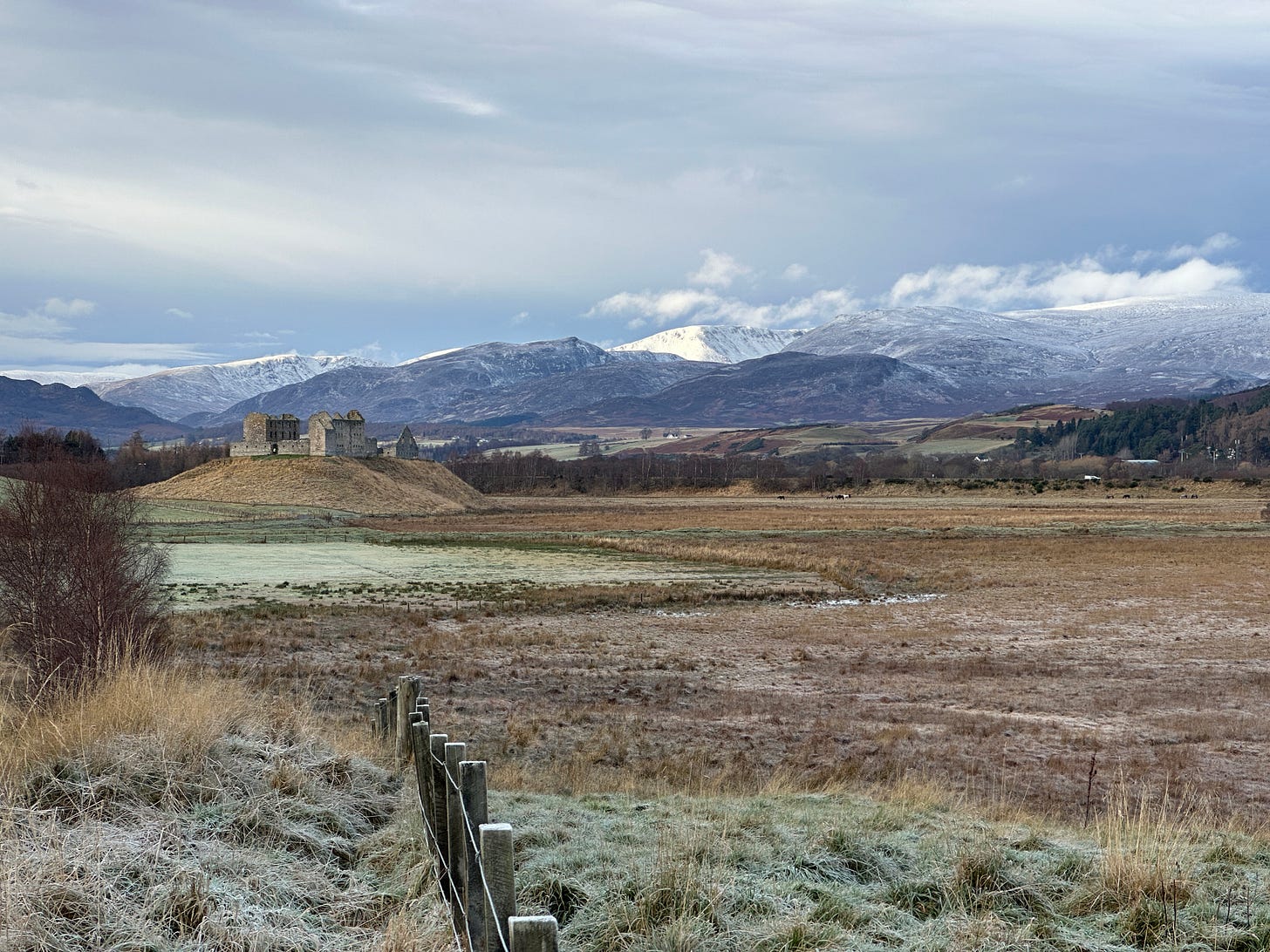
The Barracks were constructed between 1719 to 1721, but on the site of a much older settlement. It is thought that the mound on which it is built was the result of glacial activity, providing a natural hilltop with views across the valley. This valley was and remains a key route through the Highlands. It is for this reason that it was chosen not once, but twice, as the location for a strategic headquarters by forces attempting to exert control across the region.
The MacWilliam Rebellions
We begin in the 12th century with the MacWilliams (Meic Uilleims). Firstly, it is important to understand that at this point, the Kingdom of Scotland was a very new concept. Prior to the 900s, Scotland was made up of a series of kingdoms or territories, such as Strathclyde, Fortrui, and Dál Riata. It was only during the 900s that the Kingdom of Alba emerged, which generally combined several of these territories and societies under one ruling house.
However, Alba did not initially cover the entirety of Scotland and as it territorially expanded, there was considerable opposition to this growing central authority. Such opposition primarily came from Galloway, Moray, Ross, and the Western Isles. Indeed, resistance from several regions to the royal authority of the Kings of Scots continued into the 16th century.
The MacWilliams were a kindred based in northern Scotland who claimed royal blood from Malcolm III of Scotland, who is often portrayed as the 11th-century head of the mighty royal Canmore dynasty. During the reign of David I—Malcolm’s son—the MacWilliams were removed from the line of succession, but were compensated with land and title across northern Scotland, including the mormaerdom of Moray.
However, the MacWilliam claim to Moray was later challenged by the crown. This did not go down well with the MacWilliams or their popular support in northern Scotland, and from the 1160s regular rebellions against Kings of Scots would occur by this kindred. This was not just defence of their claims to Moray. The MacWilliams sought power over northern Scotland and indeed the Scottish throne itself, believing that they had been unjustly removed from the line of succession. One could also interpret the MacWilliam Rebellions as resistance to increased Normanisation of Scotland.
Multiple rebellions by the MacWilliams occurred from the 1160s to the 1220s, all ending in failure and with horrendously bloody consequences. Still, they persisted.
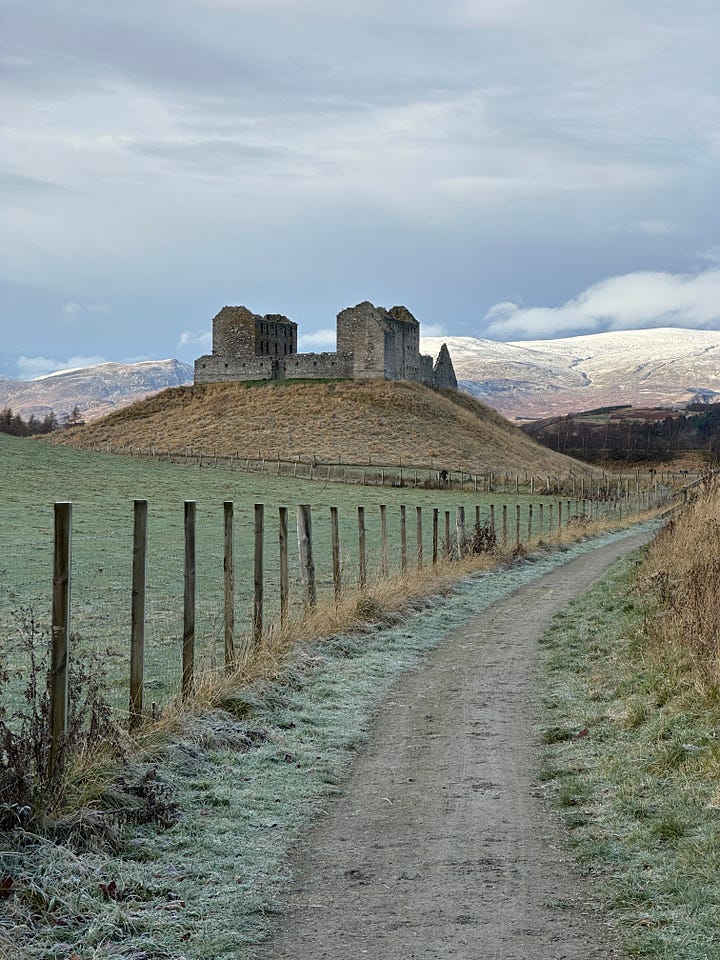
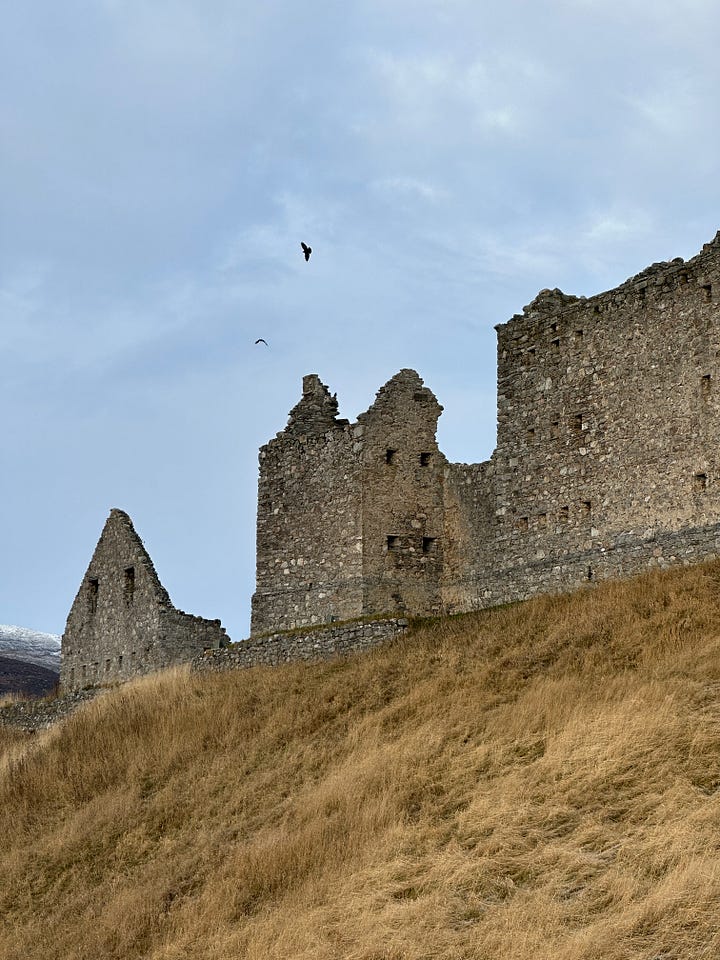
At the turn of the 13th century, King William the Lion of Scotland commissioned a new figurehead to deal with the MacWilliam problem: William Comyn. William’s prowess in subduing northern Scotland brought him great reward. In 1205, he was appointed as Justiciar of Scotia, one of the most prestigious offices in the kingdom. He married Marjory, Countess of Buchan, sometime between 1209 to 1212, making him earl of Buchan through his wife and securing a union with one of the last native heiresses of Scotland.
In 1229, during the reign of King Alexander II, William Comyn defeated the final MacWilliam rebellion. In the aftermath, the MacWilliams were utterly eliminated, removing a rebelling family which had plagued the Canmore dynasty since the 1160s. The last remaining MacWilliam was put to death in Forfar in 1229 in the market place: an infant girl.
After wiping out the MacWilliams in 1229, William Comyn received another honour from the Crown in recognition of his role in subjugating northern Scotland. Prior to their destruction, a core area of power for the MacWilliams was Badenoch. Pitched between the Cairngorm and the Monadhliath mountains, Badenoch was a naturally defended area which oversaw key routes through the Highlands. In 1229, William became lord of Badenoch, a land and title that would remain with the Comyns until 1306.
It is likely that William Comyn constructed a castle where Ruthven Barracks is today shortly after his rise to power in Badenoch. Indeed, the Comyns oversaw the construction of a network of castles across the Highlands: Ruthven, Loch an Eilein, Castle Roy, Lochindorb, Inverlochy, and Blair Castle, to name a few.
This could just be seen as a display of authority and wealth by one of the most powerful families of 13th-century Scotland. However, in the context of 60 years of rebellion by the MacWilliams and the Comyns’ role in destroying these rebels, to me, this network of castles was a concentrated effort by the Comyns to solidify their domination of northern Scotland and extend centralised royal authority.
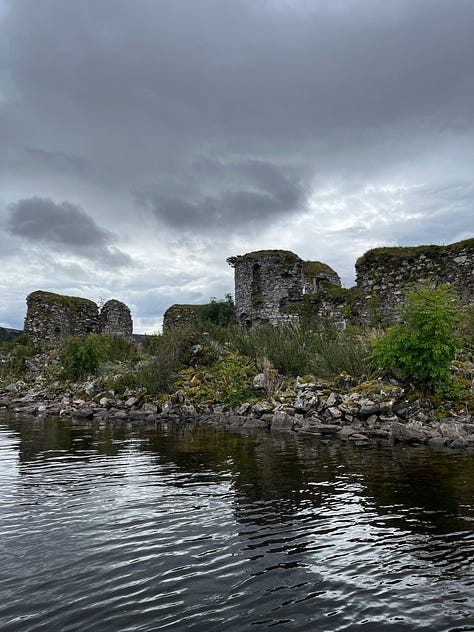
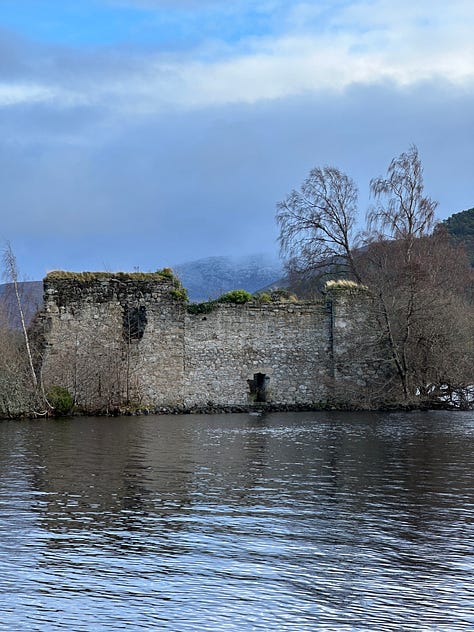
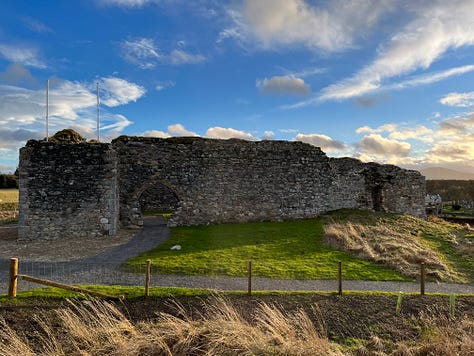
The British Government
Nearly 500 years later, the castle at Ruthven would be swept away to make room for brand new government barracks. Built between 1719 and 1721, these barracks were constructed in response to the Jacobite Risings, which had occurred since 1689 and as recently as 1719. Although these Risings had ultimately failed, they did concern the government enough into asserting authority across the Highlands by building new strategic centres of power.
Sound familiar?
While the politics behind the Jacobite Risings and the British Government response were of a different time and place, it is easy to see the comparisons to the Comyns and the MacWilliam rebellions of the 12th and 13th centuries. The construction of power centres over strategic routes to control and monitor the Highlands was not a new occurrence in the 18th century. It was a method that was applied over the centuries—and indeed still is today across the world—to maintain authority and control.
So the next time you find yourself driving through Badenoch and Strathspey, keep an eye out for Ruthven Barracks when you come close to Kingussie. It stands abandoned and ruined today, but it is a solitary relic and reminder of centuries gone by, and those who did their utmost to control the Scottish Highlands.
For me, I just turn my gaze to the wild mountains in the background of Ruthven and smile. There's not really any controlling those mighty beasts, is there?

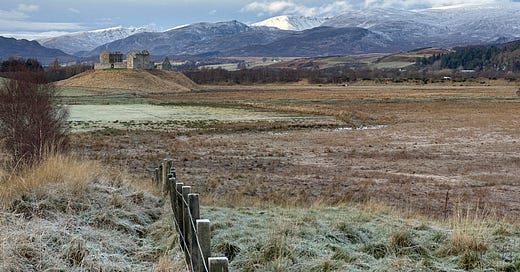


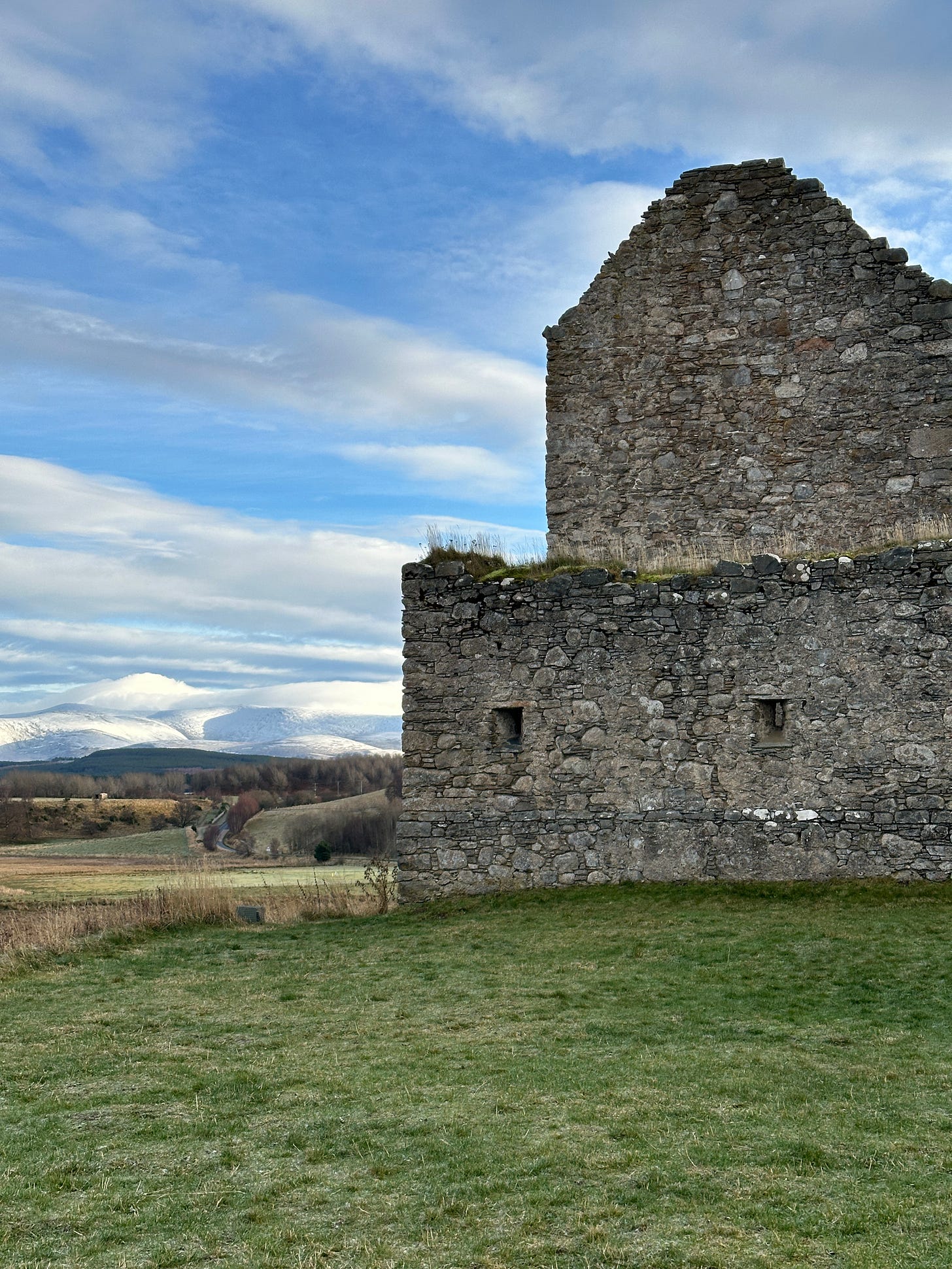
Thank you Beth. This is so interesting. My relationship with the Highlands consist of going for writing weeks at Moniack Mhor where I sit and write with a view out to the mountains, and you're right. There's no controlling those.
Thanks for this article Beth. I knew nothing about this feud.